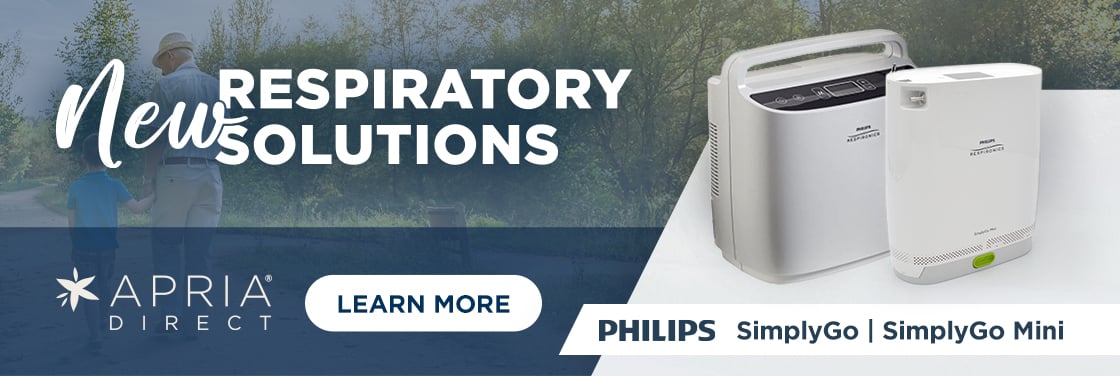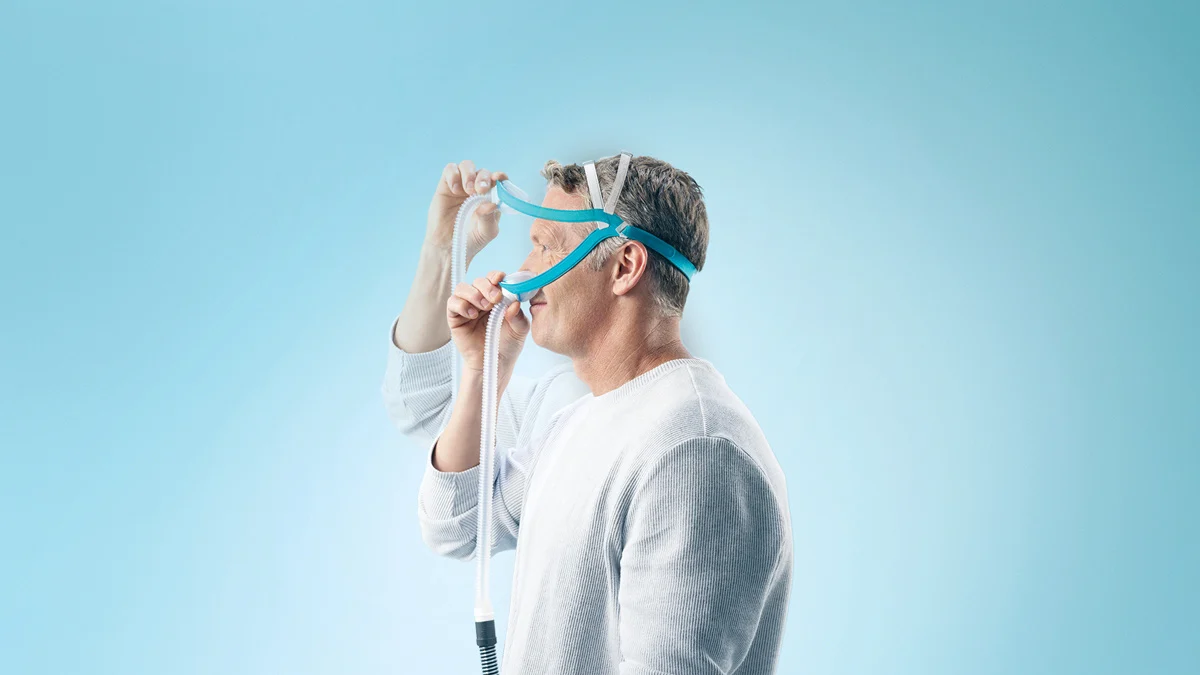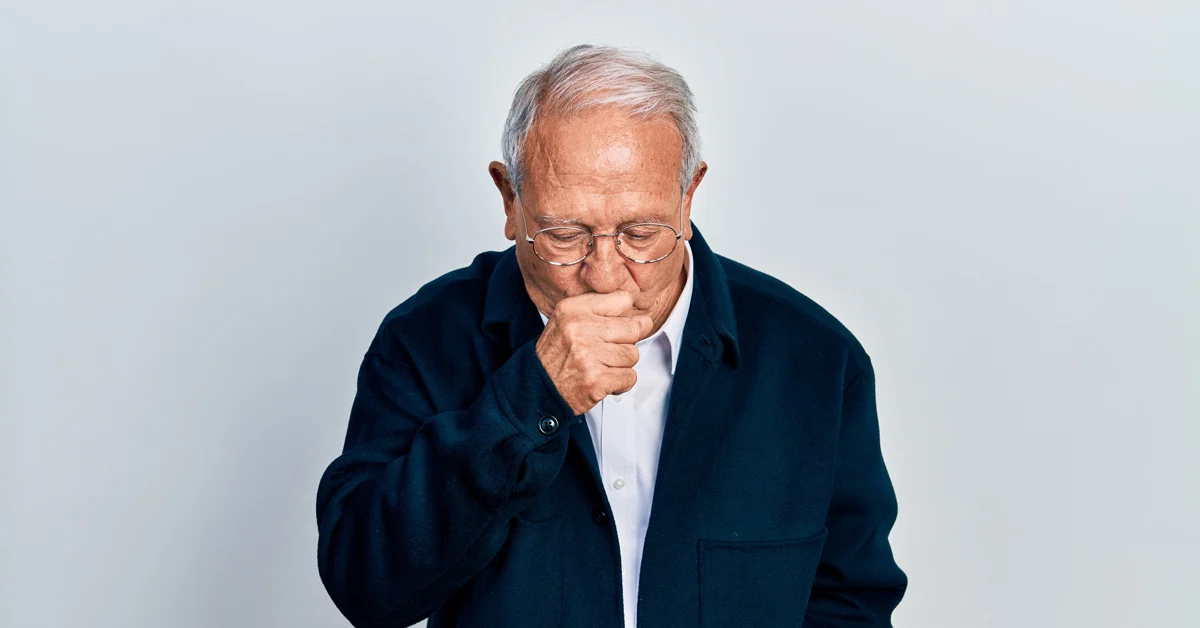Answers to 10 of the Most Common Questions About Oxygen Therapy
As a leader in the treatment and management of COPD and other breathing disorders, we’ve been asked many questions regarding oxygen therapy.
Apria’s Market Clinical Trainer and a registered respiratory therapist, Lesley Williams says, “We are always happy to answer questions about oxygen therapy: how it works, who needs it, its benefits, the types of therapy, and much more.”
Following are answers to the top 10 oxygen therapy questions.
Q. What Does Oxygen Therapy Do?
A. People with lung diseases or breathing problems often struggle to get enough oxygen on their own. Oxygen therapy is prescribed to help supplement the oxygen their bodies need so they can perform everyday activities.
Q. Who Needs Oxygen Therapy?
A. Oxygen therapy is often prescribed for people with the following conditions:
- COPD (chronic obstructive pulmonary disease)
- Asthma, bronchitis, or emphysema
- Sleep apnea
- Lung cancer
- Pneumonia
- Pulmonary fibrosis
- Congestive heart failure
- Cystic fibrosis
- COVID-19
- Bronchopulmonary dysplasia (underdeveloped lungs in newborns)
Q. What Are Healthy Oxygen Levels?
A. A healthy oxygen level (doctors call it “oxygen saturation”) circulating in blood is 95% or higher. If your oxygen blood level drops below 88%, your doctor will prescribe oxygen therapy.
Q. What Happens If You Have Low Oxygen Levels?
A. When you have low blood oxygen levels (also called hypoxia), you may experience the following:
- Shortness of breath (dyspnea)
- Headache
- Coughing and wheezing
- Rapid breathing
- Bluish color in skin, lips, and fingernails (cyanosis)
- Confusion
- Rapid heart rate (tachycardia)
- Fatigue
Q. How Are Oxygen Levels Measured?
A. Healthcare providers use three methods to measure oxygen levels:
1. Pulse oximeter: A special device that painlessly clips onto your finger, toe, or ear. It sends light beams through your skin to measure the oxygen level in your blood vessels.
2. Arterial blood gas test: Similar to a standard blood test. Your doctor takes a blood sample from your arm, and a lab checks the sample’s oxygen and carbon dioxide levels.
3. Lung function tests: The most common test is spirometry, which gauges how much and how quickly you can inhale and exhale air.
Q. What Types of Oxygen Therapy Are There?
A. The three most popular oxygen therapies include:
1. Compressed oxygen: Oxygen in a gas form is stored under pressure in a metal tank. The regulator on the tank controls the oxygen flow rate. It also shows how much oxygen is left in the tank; some tanks are refillable by the user while others need to be refilled or replaced by your oxygen supplier. Tanks are available in various sizes. Your doctor will recommend the most appropriate size for you. You should also have extra oxygen tanks available.
2. Liquid oxygen: Oxygen is usually a gas. But it turns to liquid when frozen. Liquid oxygen is often prescribed for people who need high levels of oxygen. When the liquid oxygen is released, it turns into gas that you breathe in. You can store and transport liquid oxygen more easily than compressed oxygen tanks. But because liquid oxygen is very cold, -2970 F, it can cause frostbite if not handled carefully.
3. Oxygen concentrators: These electric or battery-powered devices pull air from your surroundings. They then separate and remove nitrogen and other gasses and deliver purified oxygen for you to breathe, so you never run out of oxygen. Concentrators for home as well as lightweight portable oxygen concentrators are available.
Q. What Is My Oxygen Flow Rate?
A. The flow rate is the amount of oxygen that is delivered each minute by the device you are using. Your doctor will give you a prescription that specifies your appropriate flow rate.
It’s important to follow doctor’s orders: too much oxygen can cause oxygen toxicity (also called oxygen poisoning), which can slow your breathing and heart rate to dangerous levels.
Q. What Do I Need For Oxygen Therapy?
A. Oxygen is generally delivered by one of these methods:
- Nasal cannula: the most common delivery method. A soft plastic tube with two prongs is inserted into your nostrils
- Facemask: fits snugly over your mouth and nose and may be more appropriate for people who can’t tolerate nasal cannulas or need higher oxygen concentration
- Tracheotomy tube: a special tube surgically placed into your windpipe and used for serious cases
Other accessories are available to help make your therapy more comfortable and convenient:
- Carrying cases and carts: oxygen tanks can be carried in cases or rolled on small carts to allow portability
- Humidifier bottles: oxygen therapy can dry out your nose. Humidifier bottles attach to your equipment and add moisture to prevent dryness. Higher oxygen settings can dry the lining of the nose. A humidifier attached to your stationary oxygen equipment can help prevent this dryness
- Reservoir tubing: makes your oxygen last longer or increases the amount delivered
Q. How Do I Maintain My Oxygen Therapy Equipment?
A. Your doctor and oxygen supply company will provide instructions, including:
- Clean facemasks twice a week with warm, soapy water
- If you are using a humidifier, empty and wash it daily with soap and water and refill it with distilled—not tap—water
- Change your nasal cannula weekly and the tubing monthly; neither should be washed
Q. How Do I Use Oxygen Safely?
A. Following are simple tips to help you use oxygen safely:
- Make sure your home is smoke-free
- Store oxygen tanks in a well-ventilated space and an upright position
- Keep oxygen tubing under wraps—it can be a tripping hazard
- When cooking with gas, never permit oxygen tanks in the kitchen
- Steer clear of flammable materials like aerosol sprays and cleaning materials
- Keep oxygen tanks at least 5 feet away from heaters, electrical appliances, and open flames.
Have More Questions?
If you have any questions about your oxygen therapy and treatment for your COPD, don’t hesitate to contact your doctor. Lesley adds, “We are here to help. Call 888.492.7742 or visit our respiratory page. You’ll get the answers you need.”

References
1. How do I choose the right oxygen equipment for me? UCSF Health. https://www.ucsfhealth.org/education/your-oxygen-equipment.
2. (Updated 2022, June 6). Oxygen Therapy. Cleveland Clinic. https://my.clevelandclinic.org/health/treatments/23194-oxygen-therapy.
3. (Updated 2022, November 17). Oxygen Therapy: Using Oxygen Safely. American Lung Association. https://www.lung.org/lung-health-diseases/lung-procedures-and-tests/oxygen-therapy/using-oxygen-safely.
4. Dumain, T. (2022, September 1). Home Oxygen Therapy: What to Know. WebMD. https://www.webmd.com/lung/lung-home-oxygen-therapy.
5. Stubblefield, H. (Updated 2017, July 9). Oxygen Therapy. Healthline. https://www.healthline.com/health/oxygen-therapy.
LEGAL DISCLAIMER: Material in this newsletter is provided for general health education and informational purposes and to provide references to other resources only; it may not apply to you as an individual. While Apria Healthcare believes that the information provided through this communication is accurate and reliable, Apria Healthcare cannot and does not make any such guarantee. It is not intended to be a replacement for professional medical advice, evaluation, diagnosis, services or treatment (collectively, “medical treatment”). Please see your healthcare provider for medical treatment related to you and your specific health condition(s). Never disregard medical advice or delay seeking medical care because of something you have read on or accessed through this website. Reading this newsletter should not be construed to mean that you have a healthcare provider/patient relationship.

.png)



